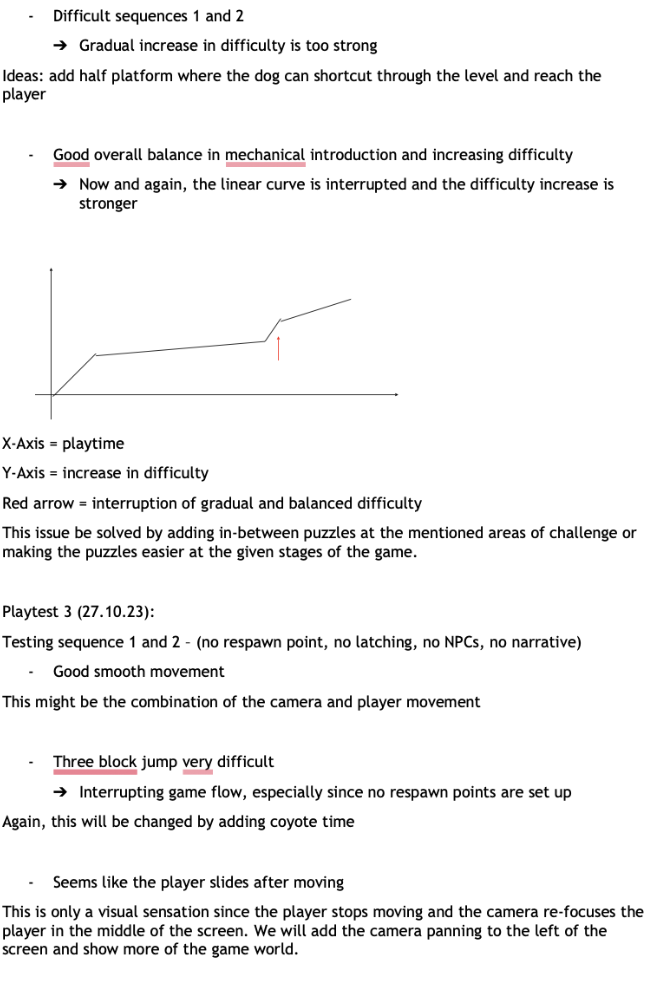Tale of the Singing Peaks - 2024
Role: Narrative Designer and Unity Developer
The Tale of the Singing Peaks is a pixel art, action-puzzle platformer with a linear narrative and level design structure, created in conjunction with professional artists and my coursemates for UAL’s MA Games Design Graduation Show. The game depicts the emotional journey of a mountain climber, heavily inspired by Himalayan mountain climbing and Sino-Tibetan Folklore.
In the game, players must control both the protagonist and his loyal dog companion, go through a series of navigational puzzles and physical challenges, and attempt to find out the reason behind the hero’s arduous journey.
As the project lead, narrative designer, and Unity C# developer, my main objective for the project was to, in conjunction with careful level-design and sound design elements, maximise the game’s emotive impact as a holistic playing experience.
Narrative Design and Storytelling
The narrative of the game started off as a Bitsy prototype that lasted for less than 10 minutes, depicting the same protagonist’s journey to the world’s highest peak with a will of redemption and loss, traversing across different stages of the climb as the scene changes colour to reflect the changing conditions.
The flow of the storytelling is based on the “Hero’s Journey“, with the utilisation of a cycle of emotive moments where gradually applied to prolong the narrative tension. Through the transformation of emotive themes and NPC interactions, the narrative is broken into the following stages:
Stage I: The initiation and call to action, whereby the hero departs from a place of warmth to the challenge.
Stage II: The build-up, where the player initially tackles the challenge as the journey becomes increasingly difficult.
Stage III: Physical threat, where interactions with injured NPCs indicate the growing physical dangers of the pathways ahead.
Stage IV: Mental threat, where, similar to the stage of loss in the Hero’s Journey, the hero’s mental commitment is challenged by the path.
Stage V: Divine intervention, where the player receives the help of a deity to overcome the hardest section of the challenge as the narrative tension peaks.
Stage VI: Transcendence, where the hero finally reaches the end of the path, and the narrative imperative behind the game is finally revealed to players.
Level Design and Conversion
To ensure the game flow as a continuous, non-stop playing experience inspired by the likes of Journey and A Short Hike, the level design adopted a dynamic game space that takes mechanic designs such as character movement, level spatial arrangements, as well as artistic designs to reinforce the narrative pace at intended game instances to achieve maximum narrative impact.
We started off by planning the levels using a grid-based map in order to clearly map out the amount of space. This design will try and fully utilise the potential of character movement mechanics, which require players to switch between the main protagonist (climber) and the dog character to progress through the level.
Through these clearly defined mechanics, we were able to build out the entire level layout with these building blocks. Yet, unlike the Bitsy prototype which was separated into different emotional themes, we managed, through the usage of midground and foreground layering, to ensure the subtle transition of these emotions, and created one single continuous level that ensured the final product’s holistic subtlety.
The implementation of a whole, non-stop continuous level onto a narrative about the scaling of a mountain works well in combination, as the “mountain climbing” bit is literally being represented in the actual game space. This allows players to have a direct, physical impression of the narrative itself, and the challenges they experience throughout the puzzles are then equated to the challenges of the protagonist in the narrative in a non-textual manner.


